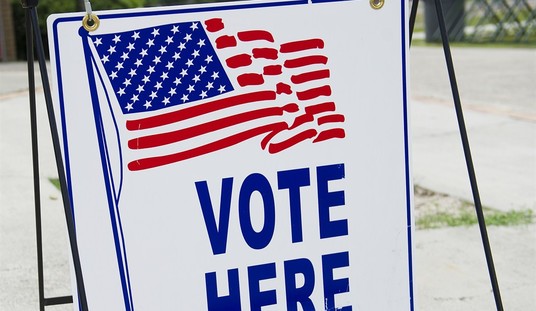The government has spoken and the mortgage industry is ready to work within the new rules, to solve the mortgage needs of America as soon as we understand them. Good ideas for the most part with some strange twists when you consider the number one reason to create the new programs and limits was to help those in need. As I see it there are two different and distinct ideas. Fannie Mae and Freddie Mac seem to be catering to those who do not need help while the FHA seems to be there for those who do need help. Yet in some ways Fannie & Freddie provide more help with the new higher loan limits and the FHA has better pricing under the old limits. Before I explain I again have to remind you that this was all done to help!
Some background is called for before I give my analysis of the new mortgage rules. About 8 months ago major lenders, including banks and brokerage houses, started having trouble with their "loan pools" that were being sold on Wall Street. To simplify matters Wall Street began to notice that loans that were suppose to be AAA were going in to default before the borrowers had made their first payments. In no time at all two things happened: most bids for the mortgage backed loans were drying up and we have a name for the crisis. The Sub prime Loan Crisis was born. (We went on to find that most of the crisis, after the initial losses, weren't from sub prime loans nor were they even from mortgage loans at all, but derivatives developed on Wall Street. It didn't matter as the name stuck.)
Some good ideas began to come out on how to stop the problem which were immediately ignored by the "powers that be". It appeared that as long as it didn't hurt the Stock Market we could all live with this problem. Fast forward to present time and we have seen many mini disasters, almost a cataclysmic finale and quick action because it has started to hurt the stock market. The stimulus program finally was ready and here it is: the good, the bad and .... whatever you wish to say about it.
Recommended
Fannie Mae and Freddie Mac have increased their loan limits to as much as $729,750 in some of the metropolitan areas. The rules are somewhat fair and somewhat harsh. The main ones are:
1. Maximum loan to value on loans over the old limit is 75% (You can still reach 95% under the old limit)
2. No cash out allowed on the new limits, not the old.
3. Strict ratios for qualifying+full doc only. (New limits only)
4. Rates 1/2% to 3/4% higher than the old limit conforming loans.
And then the shock ........ All loans with borrowers whose credit scores are under 720 will be faced with an additional charge based on your credit score and loan to value. Those with 719 credit scores and 60% loan to values must pay 1/2% in a fee for any type of loan, purchase, cash out or rate and term loans Those with 640 scores and 70% loan to values will have to pay 1.75% in a new fee when getting their next mortgage loan. Two exemptions: Credit score over 720 or a loan with an amortization 15 years or shorter.
Old and new limits treated the same. This is and will become even more of a problem to those without stellar, A-1 credit who do not wish a shorter amortizing loan.
The FHA rules are much simpler. The new limits go as high as those of Fannie Mae and Freddie Mac and every loan over the old limits will have a 2 point cost associated with it.
Those loans under the new limit will remain the same. The highlights of the new FHA loans and the old ones as well are:
1. Loans to 97% including purchases, which means 3% down.
2. Cash out to 95% for good files.
3. Qualifying with full documentation only but you can have as many cosigners as you need.
4. Every loan has 1.5% (of the new loan) mortgage insurance premium added to the balance. Every loan has a monthly mortgage insurance payment.
5. New limit loans will pay 2% in costs or a higher rate.
Realizing once again that these loans were adjusted to help those in need, do not try to figure out what they would look like if they weren't trying to help. Frightening! In my opinion only the high limit Fannie and Freddie loans that are looking for a 15 or 10 year amortization are being helped and the FHA loans under the old limit, and purchases and cash out under the new limit. What ever happened to the help for those whose ARM' s were adjusting and they wouldn't be able to afford the new payment?
Maybe, just maybe we shouldn't allow the government to help! It seems strange, however, it looks like it could be true. In their rush to help all conforming borrowers with loans up to
$417,000 who do not want or cannot make a 15 year loan work end up losing if they ever need a new mortgage and do not have stellar credit. It just doesn't seem a) right,b) fair, c)equitable, d) believable, e)logical - your choice.
























Join the conversation as a VIP Member